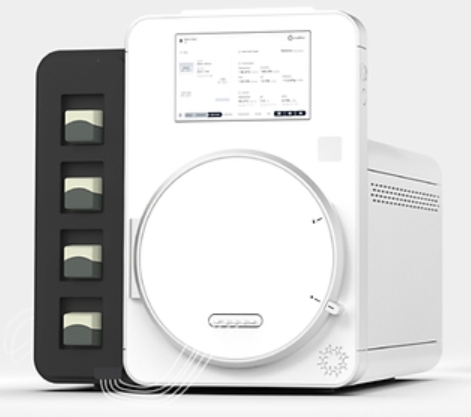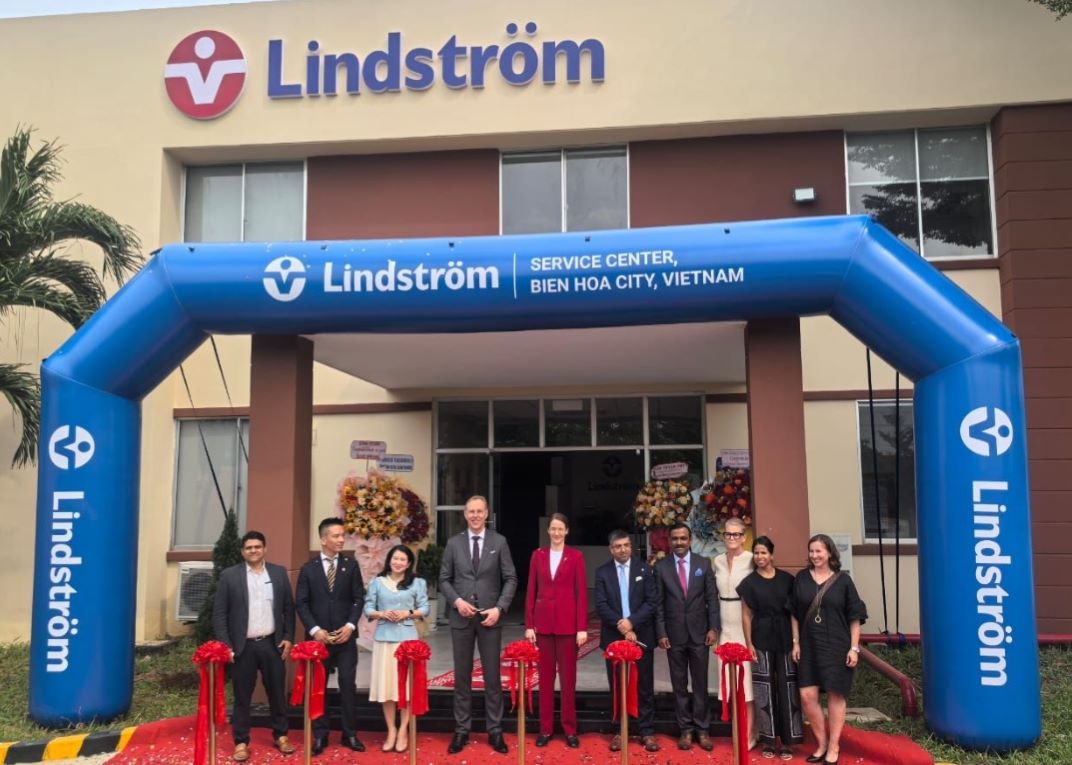
Biobanks play a crucial role in biomedical research by providing specimens used for research studies, for helping establish and maintain the collections used for research and development. Biobanks support medical research initiatives by providing sample collection kits and services including sample processing, storage and distribution, which are important for establishing and maintaining new collections. Biobanks not only store and distribute samples, but also maintain the clinical and phenotypic data associated with each sample. Samples collected for clinical studies are often accompanied by clinical and genomic datasets. In an interaction with BioSpectrum Asia, Dr Alissa Resch, Director, Biobanking Operations, Coriell Institute for Medical Research talks about key drivers, ethical issues and new emerging trends in the biobanking space. Excerpts of the interview-
What are key drivers of the global biobanking market?
Genetic testing and personalized medicine are key drivers of the global biobanking market. The development of new tools and platforms for studying disease is linked to advances in genome technology. There is strong demand for biobanking samples from clinical diagnostic labs that are developing assays for genetic testing. These samples are also used by biotech companies to develop new instruments and sequencing platforms for clinical and biomedical research. Advances in genome technology, including development of next-generation sequencing capabilities, enables discovery of the impact of genomic variants on human health and disease. These technologies are advancing the field of personalized medicine, resulting in large precision medicine and population-based initiatives comprised of thousands and millions of sample donors. In addition to providing samples for development of new technologies, biobanks also help establish new collections by providing sample collection, storage and distribution services.
What are some of the major restraining factors of the market?
Access to biospecimens is a limiting factor of the market. Unlike cell lines which provide a renewable source of DNA, biomarker and tissue samples and are limited resources that must be continually renewed. There are also limitations on how samples can be used; for example, narrow sample consents may limit the use of samples for commercialization, whereas samples collected under broad consent are subject to fewer restrictions. Each country has different requirements for how samples pass through customs, therefore restrictions on sample exportation can impact global distribution of biospecimens.
Which countries in Asia are exhibiting promising growth in the biobanking space and why?
Asian countries are well represented within the global biobanking community. Biobanks that house human collections comprised of blood, cells, tissue and DNA have been established in India, China, Korea, Thailand, Singapore, Japan and Australia. Biobanks in several of these countries also house biomarker collections containing plasma, serum, saliva, and urine samples. Population-based initiatives are underway in biobanks in Malaysia and Taiwan with the goal of collecting large numbers of samples from individuals within each country. Areas of potential growth in the biobanking space include distribution of biomarkers, tumor tissues, cancer cell lines, and stem cells. Demand for tumor tissues and cancer cell lines to support biomedical research has led to the establishment of several tumor and cancer banks in Asia. Increased demand for tumor samples is driven in part by genetic testing and development of novel cancer drugs and therapeutics. Korea, China, India, and Australia maintain active tumor banks, the majority of which are funded by government-sponsored programs involving academic and medical institutions. Stem cell banks comprised of human embryonic stem cells (ESCs) and adult induced pluripotent stem cells (iPSCs) have been established in Japan. Demand for iPSC lines is fueled by academic and commercial institutions where there is interest in developing disease-in-a-dish models for targeted drug discovery. Demand for iPSC lines is also driven by recent developments in gene editing technology.
Coriell has one of the most diverse biobanks in the world. Can you please trace your journey that helped you build such a huge repository?
The Coriell Institute was founded in 1953 as a nonprofit research center dedicated to the study of the human genome. Programs in the fields of personalized medicine, stem cell biology, and biobanking drive our mission. For over 60 years, Coriell has set the standard in biobanking services, including the experimental design, collection, processing, distribution, cryogenic preservation, and information management of human biomaterials used in research. We collect, store and distribute a wide range of specimens including blood, tissues, cells, stem cells, DNA, RNA, plasma, serum, saliva, urine, cerebrospinal fluid, microbiome samples, and antibodies. Samples are stored in liquid nitrogen and liquid nitrogen vapor and at temperatures of -80˚C and -20˚C. Coriell provides services such as cell line authentication, karyotyping, and mycoplasma testing and operates a CLIA-certified genotyping and sequencing center used for high throughput DNA and RNA analysis. The biobank hosts a diverse collection of biomaterials used to study inherited genetic disorders, chromosomal abnormalities, neurological disease, cancer, eye disease, diabetes, and diseases of aging. The collection also contains samples from a number of geographically distinct human populations. Samples from these collections are distributed globally to qualified researchers in academic, government, and commercial institutions.
Please throw some light on automation and new emerging trends in the biobanking space.
Automation is an important consideration in biobanking when processing, storing and distributing large numbers of samples. Clinical studies and research projects are growing in scope and size and new initiatives focused on precision medicine and population-based research are underway in North America, Europe and Asia. These studies aim to enroll thousands and millions of participants, resulting in massive sample collections with associated clinical and sequence datasets. Liquid handlers and automated sample storage systems are being used to manage large collections because they reduce the amount of time required to process, store and distribute samples. Automated sample storage also reduces human error and minimizes exposure to temperature fluctuations. Automation of data analysis pipelines is an important consideration for biobanks that manage and process large datasets associated with sample collections. Some biobanks are establishing bioinformatics cores to accommodate these types of studies and data analysis. Automation was a major theme at the annual meeting of the International Society for Biological and Environmental Repositories (ISBER) in Toronto, Canada, where vendors from around the world gathered to present the latest in cutting edge technology.
Please elaborate on some of the ethical issues in biobanking. How does Coriell handle ethical concerns?
Protecting the rights and privacy of research participants is an important ethical issue in biobanking. Samples are typically collected in connection with clinical trials and public health surveys and protection of individual rights and the privacy of individuals is a primary concern for the management of any biobank. All donor samples must be consented for use in research studies and the language of the consent dictates how samples can and cannot be used. In order to safeguard the privacy of participants who donate samples, Coriell ensures that specimens are not labeled with the individual participants’ names, but rather unique barcode identifiers. Samples are normally delinked: biographical data of the donor is removed and the sample is identifiable by only a unique code. In certain populations phenotypic data collected with the sample is stored in a restricted-access public database to minimize the chance that genomic data can be used to identify the sample donor. The Declaration of Helsinki states that all biobanks must take donated materials via a process of informed consent and research investigators must provide potential donors with a clear understanding of the facts, implications, and future consequences of submitting samples to a biobank. Coriell is committed to safely and responsibly integrating patient samples with associated data to create a resource that serves both the scientific community and health of the public at large.




